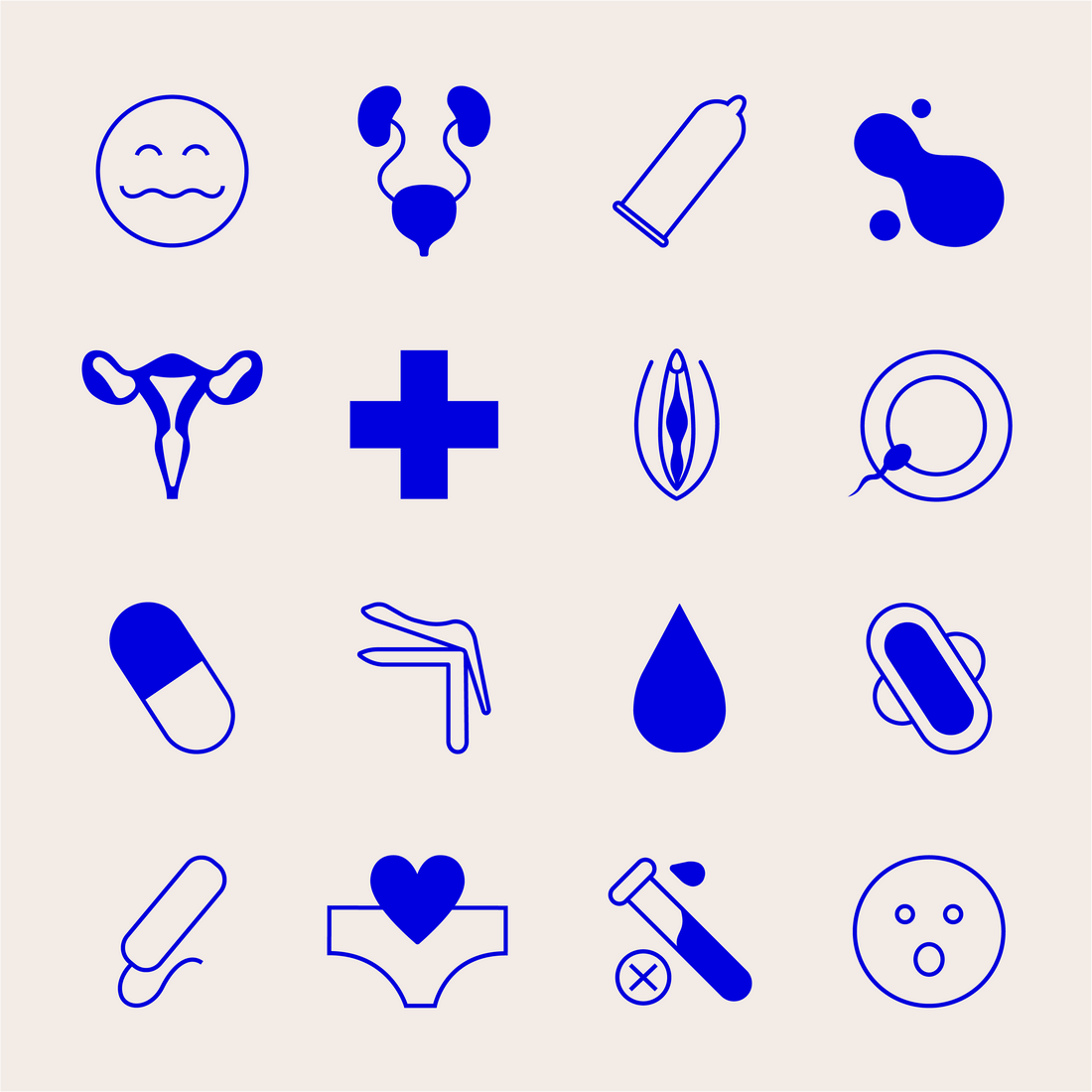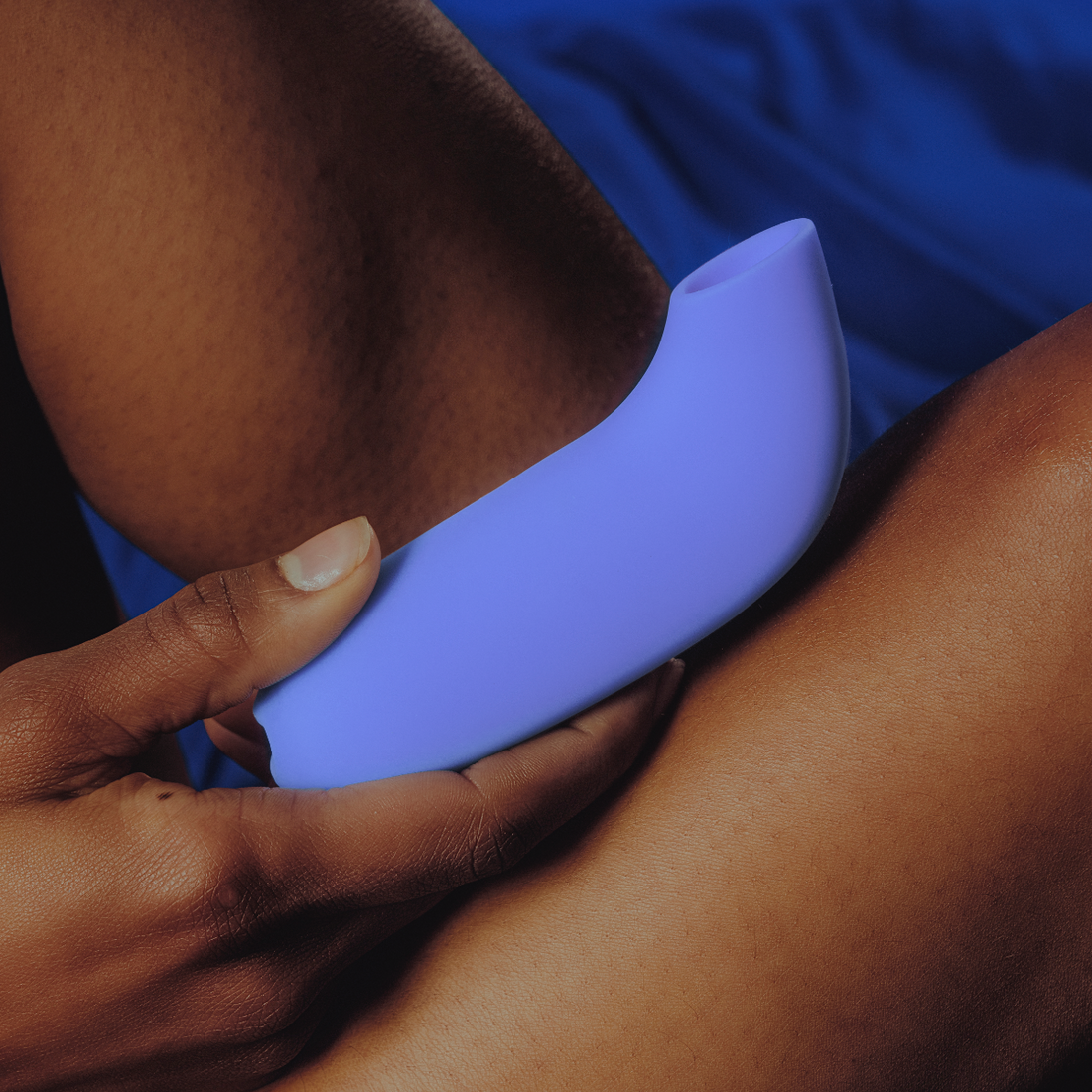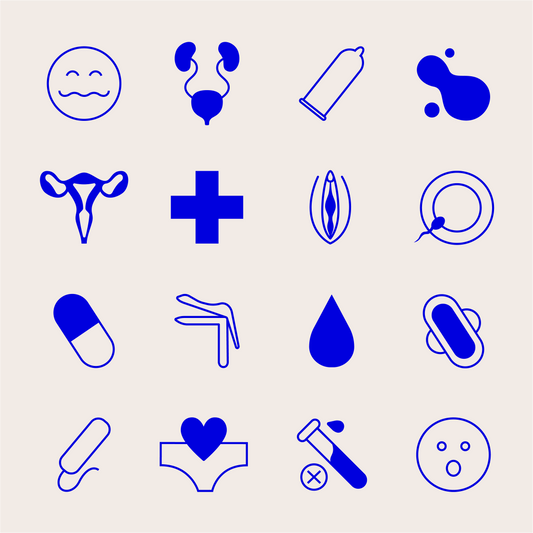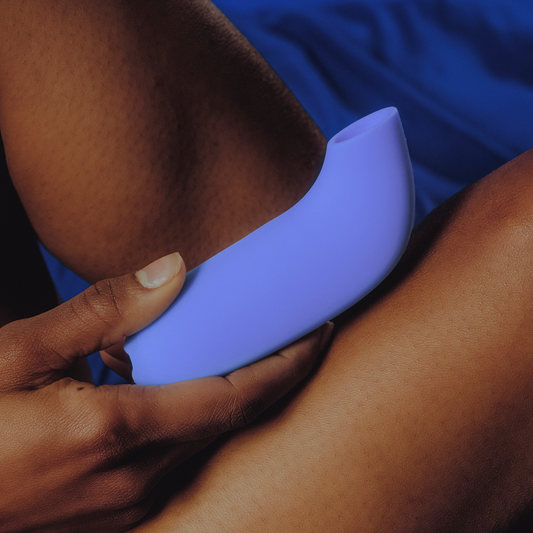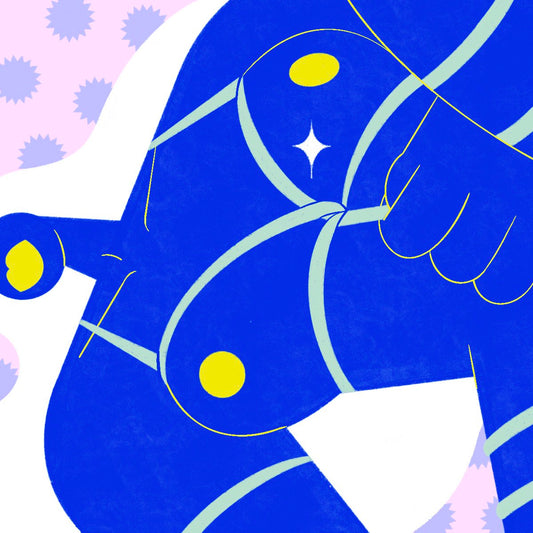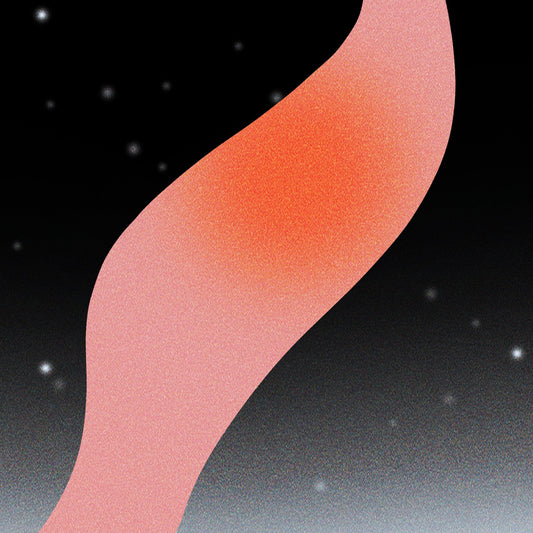Proponents of Vyleesi hope a pharmaceutical treatment will not only help more women, but also serve to legitimize low desire as a “real” problem worthy of concern.More medically-inclined sex researchers counter that, at least for a subset of women, low libido is rooted primarily in physiology. “There are psychological, interpersonal, cultural factors all contributing to low desire, but for some women, there is a biological component—a neurochemical imbalance—which no amount of my psychotherapy can address,” says Dr. Sheryl Kingsberg, division chief of behavioral medicine at MacDonald Women's Hospital/University Hospitals Cleveland Medical (and a paid consultant for both Sprout and AMAG). Proponents like her hope a pharmaceutical treatment will not only help more women, but also serve to legitimize low desire as a “real” problem worthy of concern, just as the invention of antidepressants did for depression decades ago. This debate has been renewed lately as the second pharmaceutical treatment for HHSD hits the market. Bremelanotide, sold under the brand name Vyleesi, was approved by the FDA in June. Unlike Addyi, it’s taken “as-needed”: delivered via self-injection into the thigh or abdomen at least 45 minutes before someone anticipates they’ll want to have sex. At the end of August, AMAG Pharmaceuticals began offering the drug through two specialty pharmacies that deliver the drug to a patient’s home. Vyleesi was approved much more quietly than Addyi. AMAG Pharmaceuticals hasn’t done a massive public education campaign like Even the Score, though it has launched a website, Unblush, to spread the word about HHSD, similar to one run by the maker of Addyi called Right to Desire. In mid-September, it began a national sales push to raise awareness of Vyleesi among health care providers. But while the drug hasn’t sparked as much heated debate, many critics echo the same concerns about the drug’s effectiveness and safety.
So Does It Work?
The efficacy of Vyleesi and Addyi is “very similar,” says Kingsberg, who was one of the investigators on the clinical trials of both drugs submitted to the FDA. Women who took Addyi had, on average, .5 additional sexually satisfying events (SSE) per month. Vyleesi didn’t actually raise the number of SSEs any more than the placebo. But it didn’t need to: According to a 2016 FDA guidance, drugs intended to boost women’s desire can be considered effective if they increase patients’ self-reported feelings of desire and lessen their distress over their low libido. (That’s because many women continue to have sex they don’t particularly want—“mercy or duty sex,” as Dr. Julie Krop, the chief medical officer of AMAG, put it in the New York Times.) On these measures, Vyleesi did slightly better than the placebo: About 25 percent of those treated with drug had an increase of 1.2 or more in their sexual desire score, compared to about 17 percent of those who got a placebo. About 35 percent—compared to 31 percent in the placebo group—had a decrease of one or more in their distress score. To many, this effect doesn’t look that impressive. But Kingsberg insists that “the women in our trials said it was meaningful to them.”Is It Safe?
In terms of safety and side effects, Vyleesi may have the edge over Addyi simply because, as an “on-demand” drug, any drawbacks will only be experienced occasionally. “One of the things that I do like is that it does not need to be used daily,” says clinical psychologist Lori Brotto, who is director of the University of British Columbia’s Sexual Health Laboratory. In trials, nausea was the most common side effect, experienced by 40 percent of those who got the drug. For most, it went away after one or two doses, but 8 percent stopped treatment early because of it. All told, 18 percent dropped out. In about one percent, the drug caused darkening of their gums or the skin on their face and breasts, which did not go away after stopping treatment in about half the cases. This reaction was more common in black patients, who made up 12 percent of the study participants. (Almost all of the rest were white.)Feminist critics worry that the existence of a drug treatment, at best, just distracts from the social factors that are arguably more to blame for most women’s sexual problems.Most of the participants used Vyleesi two or three times per month, and the FDA warns patients not to take more than one dose within 24 hours or eight doses per month. That’s because in another trial a whopping 38 percent developed this hyperpigmentation after taking Vyleesi daily for eight days. The drug also causes a temporary uptick in blood pressure and drop in heart rate, so patients at high risk of cardiovascular disease are advised not to take it. It is yet to be determined if Vyleesi is harmful to pregnant people or their fetuses. Any potential risks of long-term use are also unknown. That’s a dealbreaker for some patient safety advocates. “Women simply do not have enough information to make an informed decision about whether the drug is safe and effective,” Cynthia Pearson, executive director of the National Women’s Health Network, said in a statement.
Female Desire Is Still a Scientific Mystery
Researchers don’t even know what exactly is happening in the brains of women with low desire—or how bremelanotide or flibanserin corrects it. Some hypothesize that women with HSDD have an imbalance between “excitatory” and “inhibitory” neurotransmitters that results in difficulty processing erotic thoughts and material as rewarding, while quieting down the part of their brain that’s distracted by tasks like running through tomorrow’s to-do list. Bremelanotide, which was first studied as a potential tanning agent, is believed to activate melanocortin receptors, and that “in theory, increases dopamine production, which is the key neurotransmitter to be able to process any stimulation as rewarding,” according to Kingsberg. (Flibanserin acts on serotonin receptors, but with a similar end result of increasing dopamine, she says.) However, Kingsberg acknowledges that this purported effect is based on “animal models and theoretical propositions for how the neurotransmitters are affected.” And Brotto is skeptical that either Vyleesi or Addyi are addressing key factors that we know are often barriers to robust sexual desire. “If they were, the medications would be changing the brain in a way that reduces stress levels, that makes women like their partners more, that reduces negative thinking, that improves their mood,” Brotto says. ”All those things that have been found repeatedly to be significant contributors to low desire.” Brotto isn’t opposed to a pharmaceutical treatment for low libido in theory—in fact, she describes herself as “mildly excited” about two drugs designed by the Dutch firm Emotional Brain through a precision medicine approach that are currently in Phase II trials. But other feminist critics worry that the existence of a drug treatment, at best, just distracts from the social factors that are arguably more to blame for most women’s sexual problems and, at worst, will put pressure on women to try a medication to boost their libido to a socially acceptable level.When it comes to low libido that’s truly unexplained, we should all be wary of anyone promising a silver bullet.Kingsberg dismisses this concern as “misguided.” “Look, if a pharmacologic option isn’t right for a woman, she’s not gonna take it,” she says. “Women are not dumb. Give them credit for being wise consumers and their own health care advocates. They are trying to take away women’s right to choose.”























